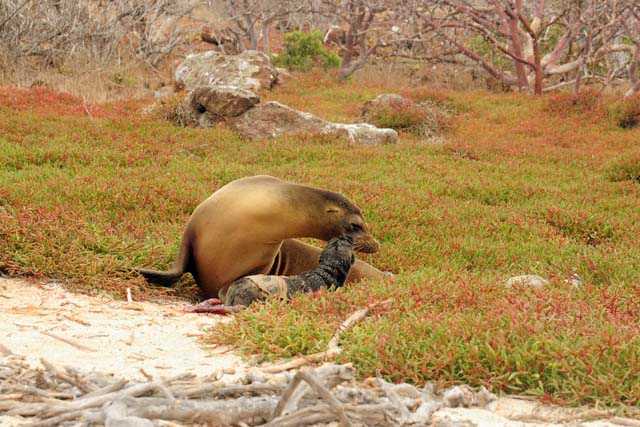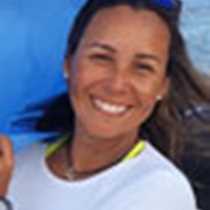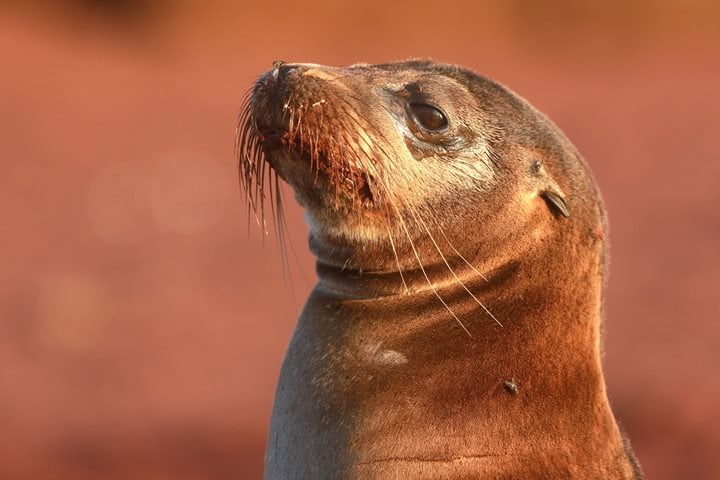The first morning of our Galápagos expedition took us to beautiful North Seymour. This island, just a stone’s throw away from Santa Cruz and Baltra, is full of wildlife. Its nutrient-rich waters provide plenty of food for several marine species. Both great and magnificent frigates keep colonies on North Seymour, as well as the charismatic blue-footed booby, which prefers to nest on the ground close to the coast, which they have to share with the endemic Galápagos sea lions.
After a short navigation, we reached Rábida Island. It is small but its colours are simply stunning. Its sands and cliffs are brick-red, thanks to the high contents of iron oxide of its lava. The island’s slopes are dominated by dormant palo santo trees and opuntias (or prickly pear cacti). Its surrounding waters offer the perfect conditions to enjoy some snorkeling and admire the marvelous underwater world of the Enchanted Isles.







